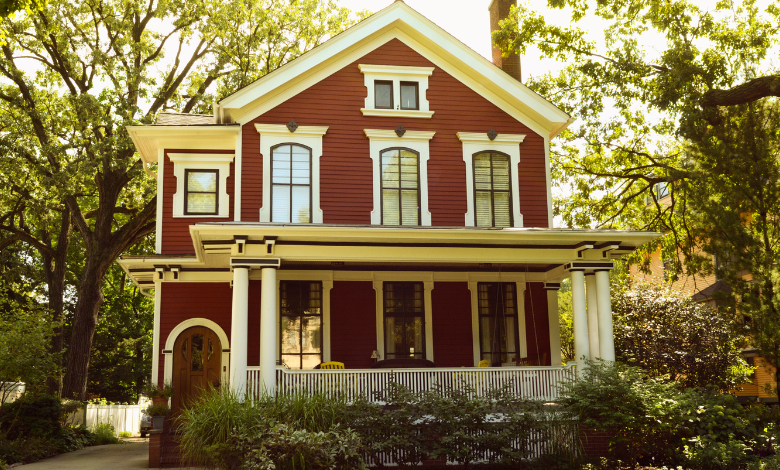5230 w schubert chicago sadkowski

Chicago, a colourful city acknowledged for its architecture, cultural variety, and historic significance, is home to many particular neighborhoods. One cope with that stands proud inside the Belmont Cragin place is 5230 W Schubert Avenue. This residential vicinity has a special connection to the Sadkowski circle of relatives, a call associated with a wealthy history in Chicago.
1. The Neighborhood: Belmont Cragin
Belmont Cragin, wherein 5230 W Schubert is located, is a neighborhood that displays the metropolis’s range. Situated at the northwest aspect of Chicago, Belmont Cragin has grown right into a bustling community, presenting a balance among city residing and home tranquility.
The region is known for its family-friendly environment, proximity to parks like Hanson Park, and its robust sense of network. The neighborhood has traditionally been home to a mixture of running-elegance households, with a growing populace of Latinos, Eastern Europeans, and other ethnic businesses. Over time, Belmont Cragin has come to be a melting pot of cultures, making it a vibrant and evolving area to stay.
2. 5230 W Schubert Avenue: A Slice of Chicago’s History
The address 5230 W Schubert Ave is emblematic of the sort of unmarried-family homes that line the streets of Belmont Cragin. These homes mirror the architecture of the early to mid-20th century, with brick facades, modest the front yards, and a comfy, welcoming surroundings. Many of the houses were handed down through generations, with families just like the Sadkowskis preserving robust ties to their roots in the community.
While the home itself might not be a historical landmark, its place in the cloth of Chicago’s story is undeniable. Properties like 5230 W Schubert constitute the personal histories of endless families who’ve contributed to the city’s increase, community spirit, and sense of belonging.
3. The Sadkowski Family: A Legacy in Chicago
The Sadkowski call is one that resonates inside the local community, reflecting the hardworking spirit of Chicago’s immigrant households. Although precise public records on the own family are limited, the surname indicates Polish origins. Like many Polish immigrants who got here to Chicago within the overdue 19th and early twentieth centuries, the Sadkowskis probably added with them strong circle of relatives values, a willpower to craftsmanship, and a deep connection to their cultural heritage.
Chicago’s Polish network is certainly one of the most important in the United States, and neighborhoods like Belmont Cragin had been motivated with the aid of their traditions, along with Catholicism, Polish cuisine, and gala’s. The Sadkowskis could have been a part of this tight-knit immigrant network, contributing to the boom and development of the metropolis, each culturally and economically.
4. Life at 5230 W Schubert Avenue Today
Today, the belongings at 5230 W Schubert continues to mirror the character of the Belmont Cragin community—residential, network-orientated, and ever-evolving. The location has visible enormous enhancements in infrastructure, colleges, and recreational facilities, making it an appealing vicinity for new families. The streets are covered with both historic homes and new trends, showcasing a blend of way of life and progress.
As new generations pass into the vicinity, they bring about on the legacy of families just like the Sadkowskis. While Chicago is constantly changing, the feel of continuity remains strong, with citizens embracing both their cultural roots and their vicinity inside the present day world.
5. Conclusion
The deal with 5230 W Schubert Ave is greater than just a house in Chicago; it represents the legacy of families like the Sadkowskis, who’ve contributed to the cultural and social material of the city. Belmont Cragin, with its rich immigrant history and dynamic community, is still a reflection of Chicago’s past, present, and destiny.
For the ones inquisitive about Chicago’s history, exploring neighborhoods like Belmont Cragin offers a window into the memories of hardworking households and the evolution of the metropolis’s various communities. Whether through the lens of architecture, cultural affect, or local records, places like 5230 W Schubert Avenue help us respect the deep connections among humans and the locations they call domestic.




